In the American Southwest (and throughout the world), exceptionally diverse geography and ecosystems allow for exciting new experiences with each journey into the natural world. Every outdoor adventure offers innumerable opportunities, strikingly differing vistas, landscapes, wildlife, and vegetation. Recently we’ve learned about nature tracking, a great way to add yet another dimension to our love of and inspiration we take from Mother Nature.
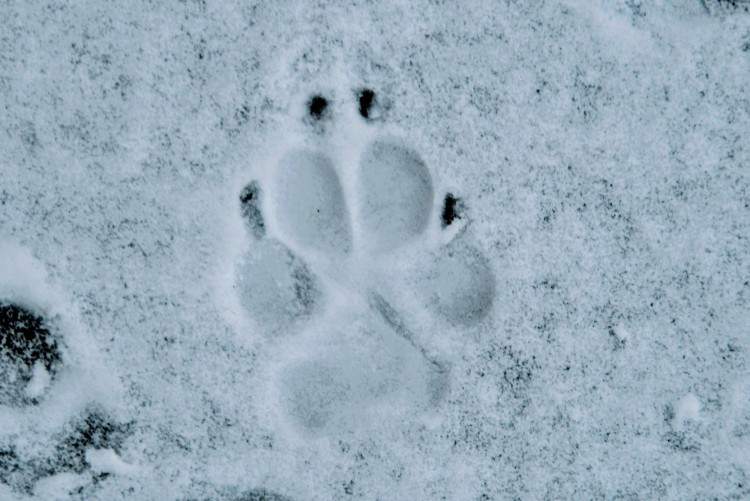
Tracks made in mud, sand, and snow create an ideal footprint with the clearest impressions. Photo: Darrel Heller
Some of the links in this article may contain affiliate links. When you purchase using these links, part of the proceeds go to Snowshoe Mag. Additionally, as Amazon Associates, we earn from qualifying purchases. Please see our disclosure for more details.
Nature Tracking
The first thing we learned is that tracks made in mud, sand (while sandshoeing), and snow make an ideal footprint because tracks made in these substrates create the clearest impressions for us to observe and identify.
What we today call Nature Tracking has been around for a very long time. Well, maybe not as long ago as dinosaur tracks from the Cretaceous and Jurassic period at Dinosaur Ridge, near Morrison, Colorado. Tracking experience is not needed here at this world-famous fossil location. But anyone can arrange to walk the 1.5-mile paved trail with a geologist to interpret the tracks and bone fossils.
Anthropologists tell us that 12000+ years ago, prehistoric peoples were part of a hunter-gatherer culture. This means that most tribal people practiced tracking while collecting food. Between 2006 and the mid-2020s, scientists identified human and animal fossilized footprints at White Sands National Park. Thought to date back more than 20,000 years ago, these tracks tell an interesting tale. In 2018, what is believed to be a female and child footprints walking together for almost a mile, were identified. By measuring the changing depth of footprints and other signs, scientists even surmise that she carried her child and sometimes put her baby down along the way.
Today the art and science of nature tracking are used by hunters, search and rescue teams, and naturalists. However, tracking is much more than identifying footprints. Anthropologists believe that humans have naturally astute animal tracking abilities.
Anyone can learn to identify animal tracks and the many other signs to help understand the wildlife being tracked and the environment from our outdoor adventures. Building on our natural skills can enhance our overall appreciation and love of the natural world. So let’s start with a practical approach toward developing our nature awareness skills.
Read More: A New Found Passion: Wildlife Tracking and Identification
L: In 2018, female and child footprints were identified at White Sands National Park. R: Dinosaur tracks from the Cretaceous and Jurassic period at Dinosaur Ridge, near Morrison, Colorado Photos: Darrel Heller
Nature Awareness
Begin simply by getting outside more often and paying closer attention. When outdoors, spend more time listening, watching, and becoming familiar with your surroundings. Then, ask the right questions, like those below.
Seasonal Shifts
Seasonal shifts change the location, appearance, behavior, and eating patterns of animals and birds. What time of year is it? Plus, what kind of vegetation is thriving? What kind of wildlife might be attracted to this food source?
For example, the American Robin you see tugging up a worm from your front lawn this summer has likely just switched his diet from berry to earthworm. Didn’t see him last winter? That’s because he probably wintered along the Gulf Coast. Then last spring, he migrated north with millions of other birds, and some settled in your neighborhood.
Local Habitat
Local habitat dictates what animals may live, breed, and raise young in the area. Are you climbing a rocky mountainside? Snowshoeing along a deep forest trail? Hiking in desert terrain? What time of day is it?
Creatures like foxes and owls are primarily active at night (nocturnal), while songbirds are most active at dawn (crepuscular) and during daylight hours (diurnal). Butterflies are most active on sunny hot summer days, while moths are nocturnal, and lizards and snakes are active in summer, both night and day. So what kind of animals will find food and shelter here and now?
Sensory Signs
Sensory signs are strong guideposts to the world around us. What do you hear? Birdcall? Listen closely. Are birds calling in alarm? Look up. What do you see? Is a hawk screeching above? On an autumn woodland hike, listen to the distant music of elk bugling, especially near sunset. No other animal sounds quite like this. He’s likely seeking a mate.
Spotting Tracks
When you spot an actual track or set of tracks, get down on the ground for a good look. Then, compare it with online images or the free app iNaturalist.
Are claw marks visible? Generally, canine tracks may show claws, while feline tracks may not because their nails are retractable. Fox claws are sometimes partially retractable. How many toes are visible? What is the overall shape? Deer tracks form a heart shape, while elk tracks are more rounded. Elk tracks are generally larger, and due to the heavier weight of the animal, their tracks are deeper. Maybe take a picture, but first, determine the actual size of the track by taking the time to measure your footprint if possible.
Spoors
“Spoors” means tracks plus all the clues (like broken foliage) or signs (like food litter) or scents, sounds, and scat that may lead to the identification of your subject. With the help of many online resources, you can recognize spoor besides footprints.
Read More: Make Memories With These Beginner Outdoor Photo Tips
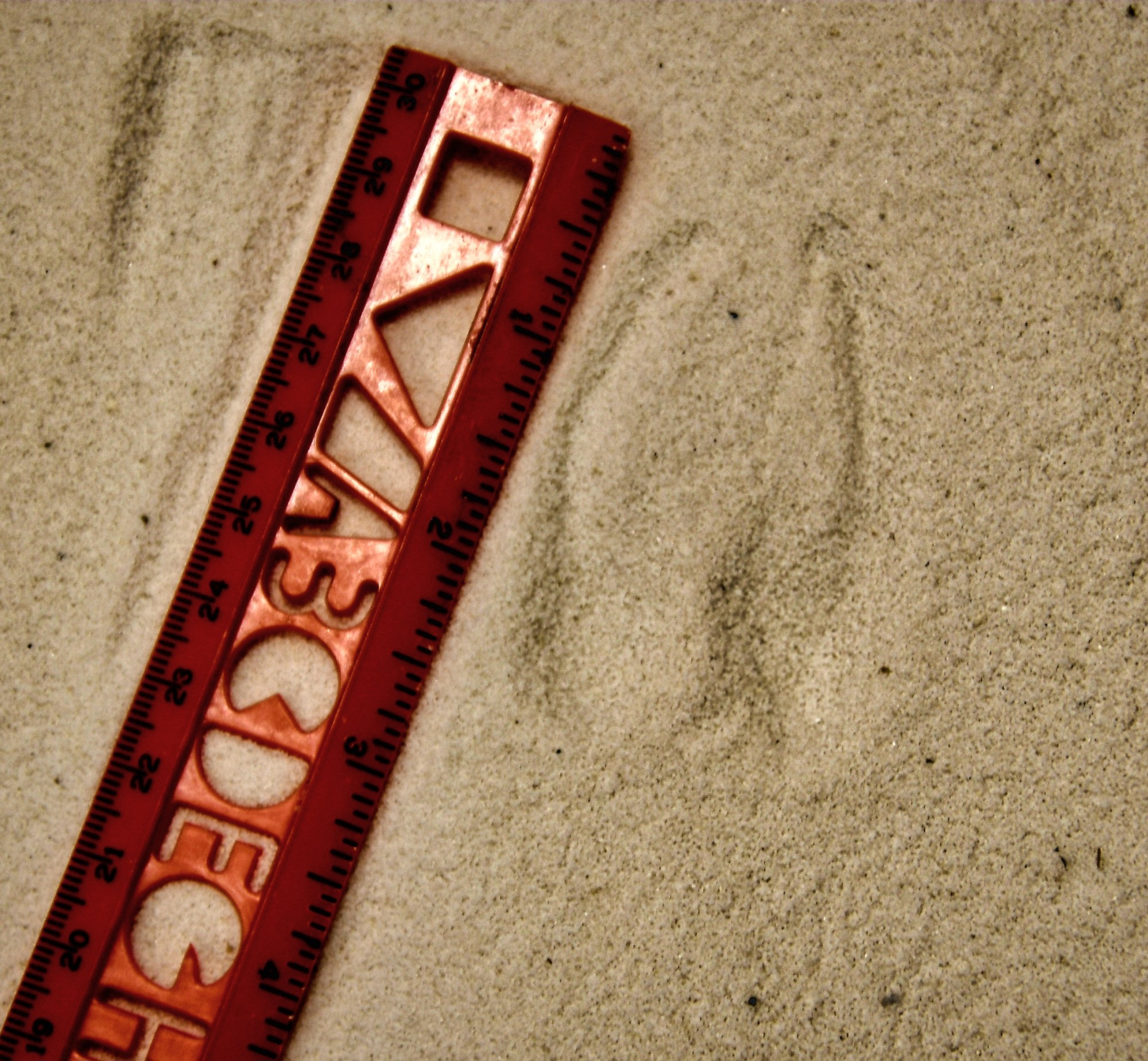
When you spot tracks, like this mule deer track in the sand, measure the track before taking a photo for identification. Photo: Darrel Heller
Armchair Investigation
After spending time outdoors, research, research, research! This step is important because many variables exist within the natural world, and so much will be learned by reading what the experts say.
Some of our favorite online references are Nature Tracking and Stove Pipe Sponge Facts. Don’t underestimate the value of good old field guides. We use Sibley’s Field Guide to Birds and Peterson Field Guides.
As an “armchair investigator,” you can find additional guidance with books like Tracks and Trailcraft by Ellsworth Jaeger or other online wildlife field guides and tutorials.
Read More: Snowshoeing and the Art of Animal Tracking
Putting It All Together
Below are a few examples of putting the process together for nature tracking.
Example 1
We’ve been hearing the distinct hoot of an owl every night out back. So we decided to pay closer attention to our environment. Our habitat is a high desert at the base of the Sacramento Mountains, rural and rocky. We noticed owl hoots coming from one area of the mountain, followed by hoots from across the rocky outcrop of our yard.
Back and forth, these hoots would bounce each evening at sunset. Night after night, we watched a large owl fly silently over our roof just after sunset. Then, we noticed that the owl frequently perched on a utility wire before sailing out and over the desert beyond our street.
Turning to field guides, we learned that we were observing the Great Horned Owl, likely a pair calling to each other. From what we’ve seen and read, they are hunting by night, nocturnal, and probably finding a terrific source of mice, small rabbits, scorpions, and toads. We’ve since been inspired to learn more about our close neighbor, the Great Horned Owl, and began with Sibley’s Guide to Bird Life and Behavior and All About Birds.
Example 2
One of our favorite hikes takes us up and over rocky canyon terrain, along rock ridge, and into Arrow Canyon, Alamogordo, New Mexico. We’d noticed scat along the way and were able to identify it through Wildlife Trusts. We also heard bark-like calls and found the source of those calls on Treehugger.
We began by researching what animal might be frequenting the area. What is this habitat? High desert, where rocky canyon meets the open desert. What food source is available? Small mammals, birds and eggs, fruit, berries, and lizards. What animal would find shelter and places to raise young in boulder piles and caves? By setting up a game camera, we could confirm our suspicions, a gray fox family, and thoroughly enjoy the fruits of our research.
R: After identifying tracks and spoors and keeping the habitat and sensory signs in mind, we identified a gray fox. Photo: Darrel Heller
Example 3
While hiking in the Chihuahuan Desert last fall, we found a track with many other nearby signs that inspired our investigation. It looked like a deer track. We measured the print to be 1 ½” W x 1 ¼ “L and learned this is small for a deer. We also learned that deer prints closely resemble some other animal hoofprints. This track was near several habitat plants, including a Variegated Agave in a cactus, mesquite, and sagebrush field.
The agave closest to the print was bitten and shredded, and smaller agaves were rooted up. After research, we learned that we had found Javelina hoofprints. We often see small herds of this animal while hiking in the area. They are one of the very few animals that will eat spiky, sharp desert cactus and agave and also root “like a pig,” though they are neither a pig nor a boar but are in a family of all their own.
Read More: Adventures To Add to Your Snowshoe Bucket List
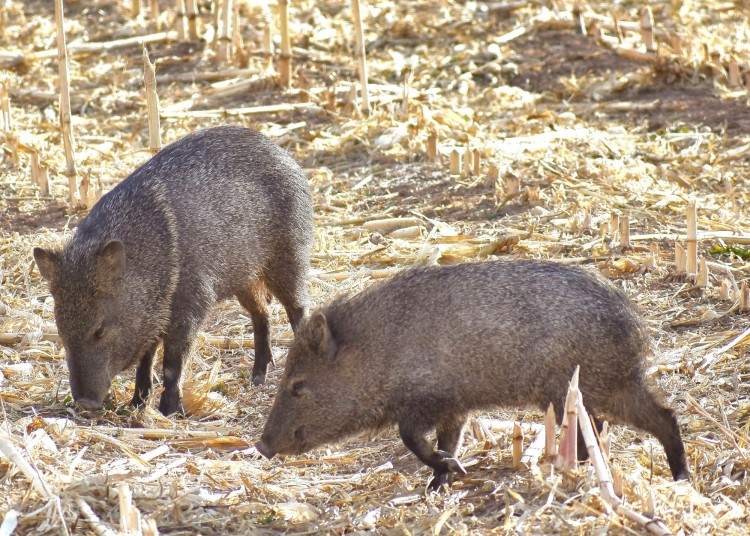
By noticing tracks and other identifiers (vegetation, bite, etc.), we realized we had found javelina footprints. Photo: Darrel Heller
Get to Nature Tracking
Overall, spend more time in nature and learn to recognize all that your natural senses tell you. Be inspired to go that one step further to understand your world. Also, the basic advice that expert trackers give beginners suggests that the same behaviors and activities that fuel the desire to pursue nature tracking will also develop our nature tracking skills.
Even though we’ve got so much more to learn, we can say with confidence:
Developing an understanding of the wildlife around you + the gratification that comes with each identification = a big boost in personal enjoyment of all outdoor activities and pursuits on the trail.
Read Next: Evergreen Tree Identification: Pines Aren’t the Only Evergreens

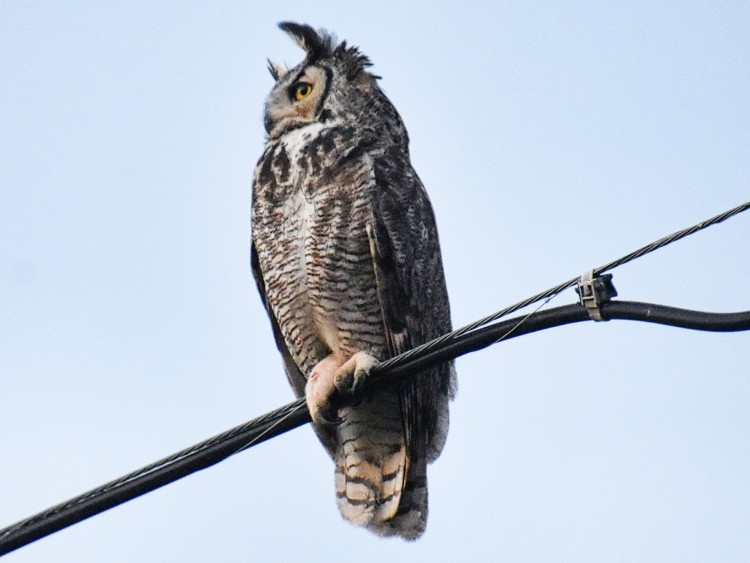
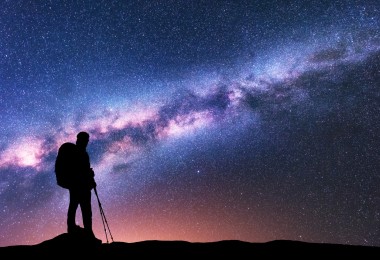

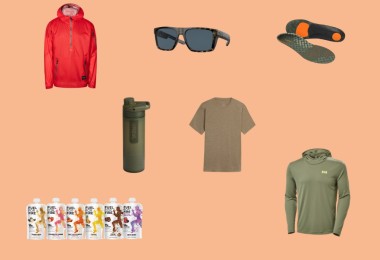
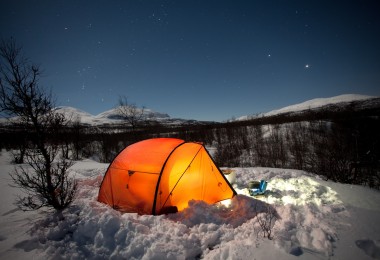

Leave a Comment